Next up on the bat coin blog topic is a 2010 Poland 20 Zlotych coin. This coin is part of Poland's Animals of the World series and really, they have a lot of animals in this series. But this coin is similar in some ways to the first bat coin I put up, a 2010 2 Zlotych coin that much less needs said here.
The design includes six roosting bats, four fully shrouded in sleep posture and two with heads exposed in the awake pose. The main flying bat is one of the best on any bat coin with accurate detail right down to a visible tragus in the bat's ear. The other two bats are flying away (so probably leaving at evening) and while small and less detailed they are nonetheless very nicely done. I do find it odd that the little cabin in the distance has no door or windows, but there is always the side you can't see.
And Podkowiec maly means small horseshoe, as in "lesser horseshe". Didn't seem to be quite enough room for the Polish word for bat, which is nietoperz
Overall one of the best of the bat coins in a lot of ways.
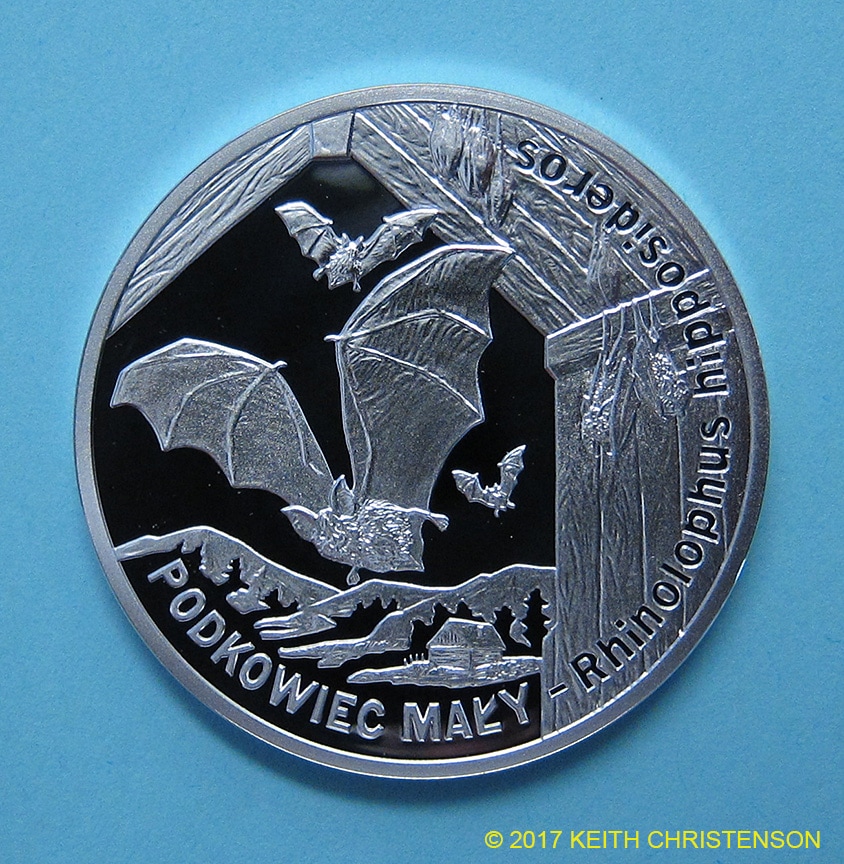
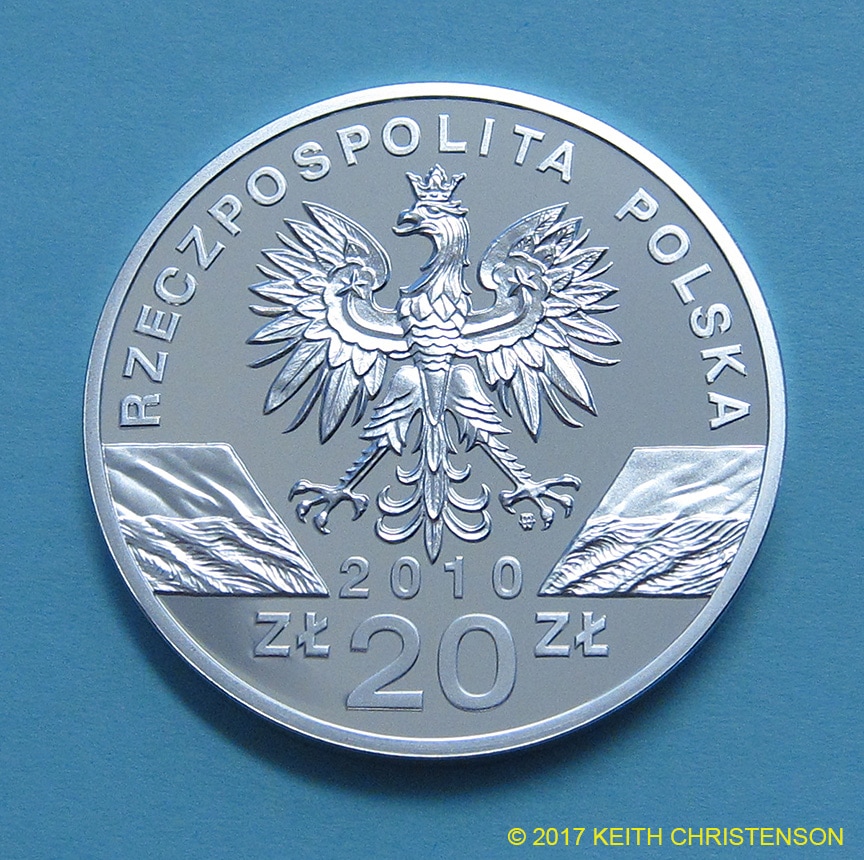
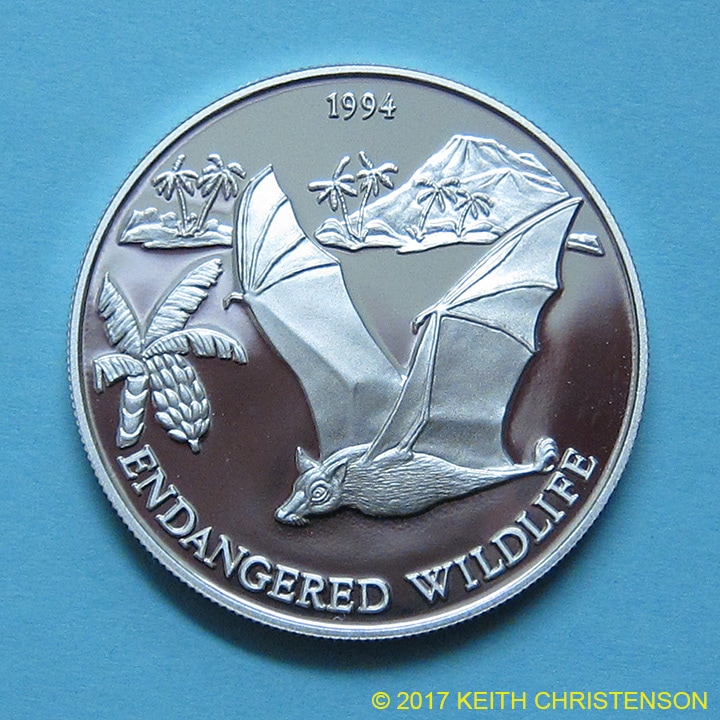
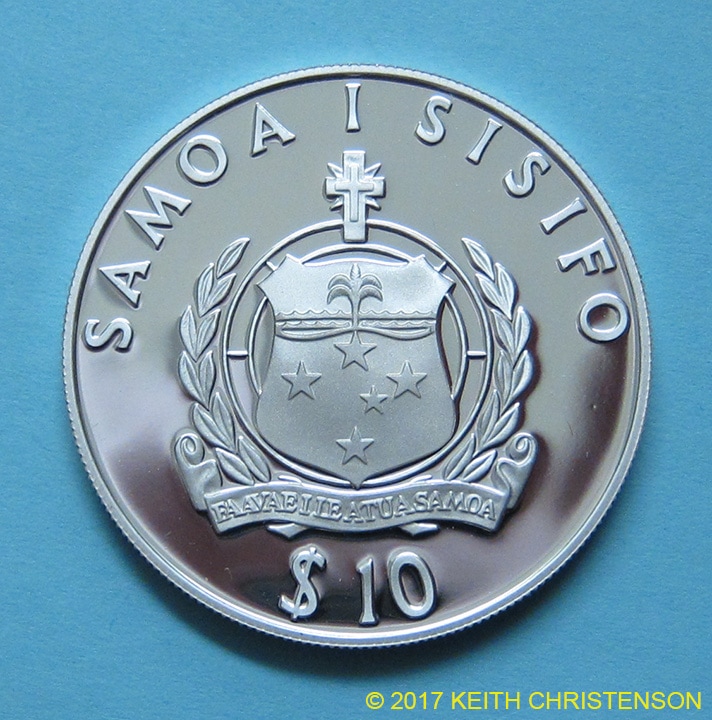
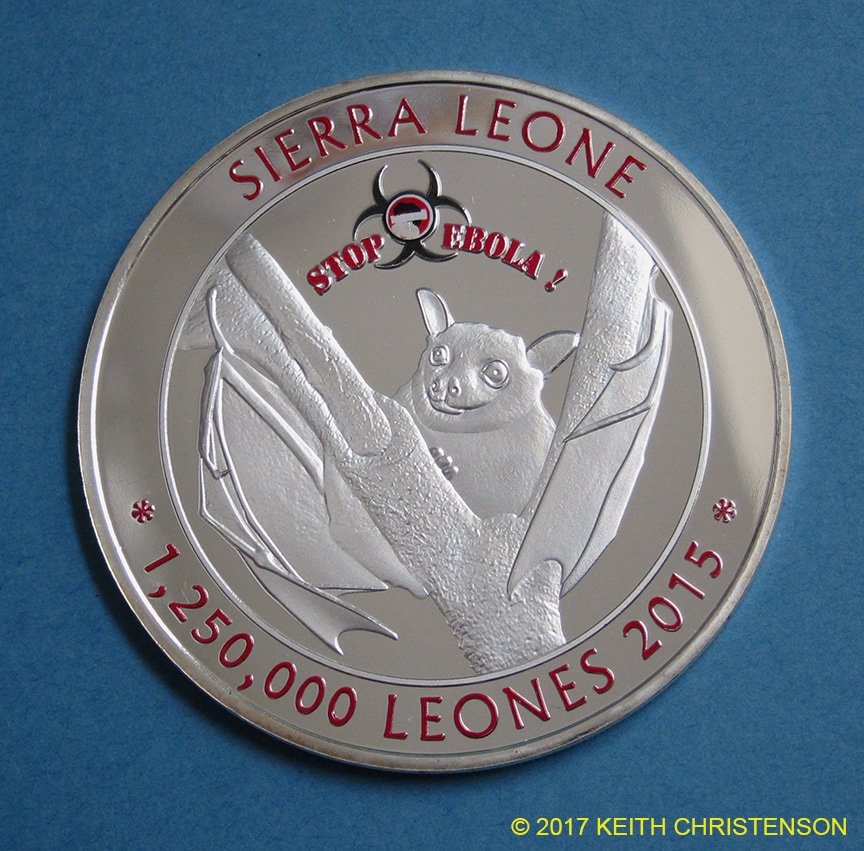
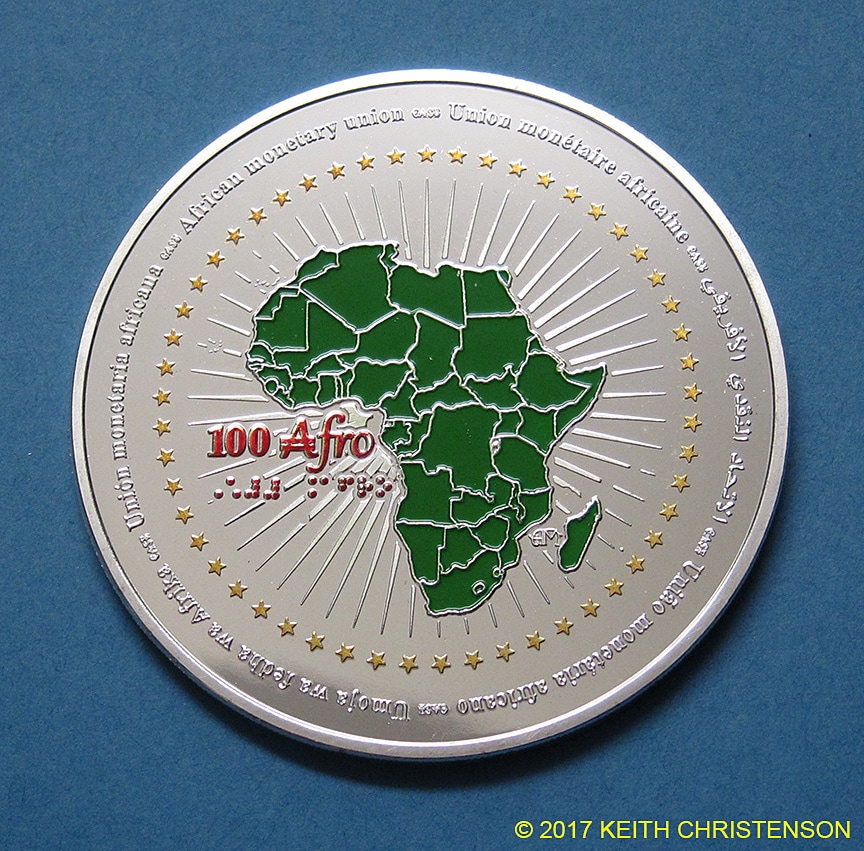
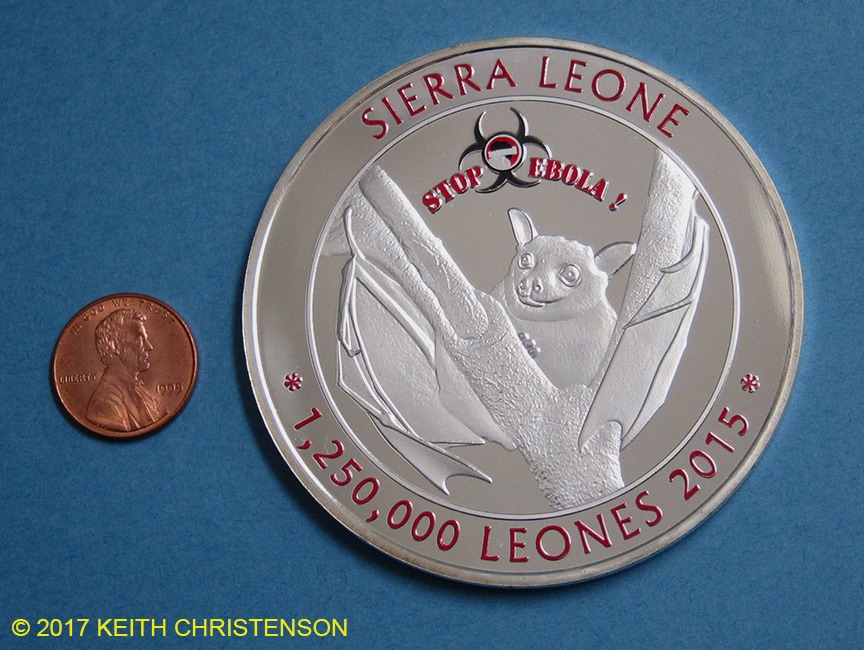
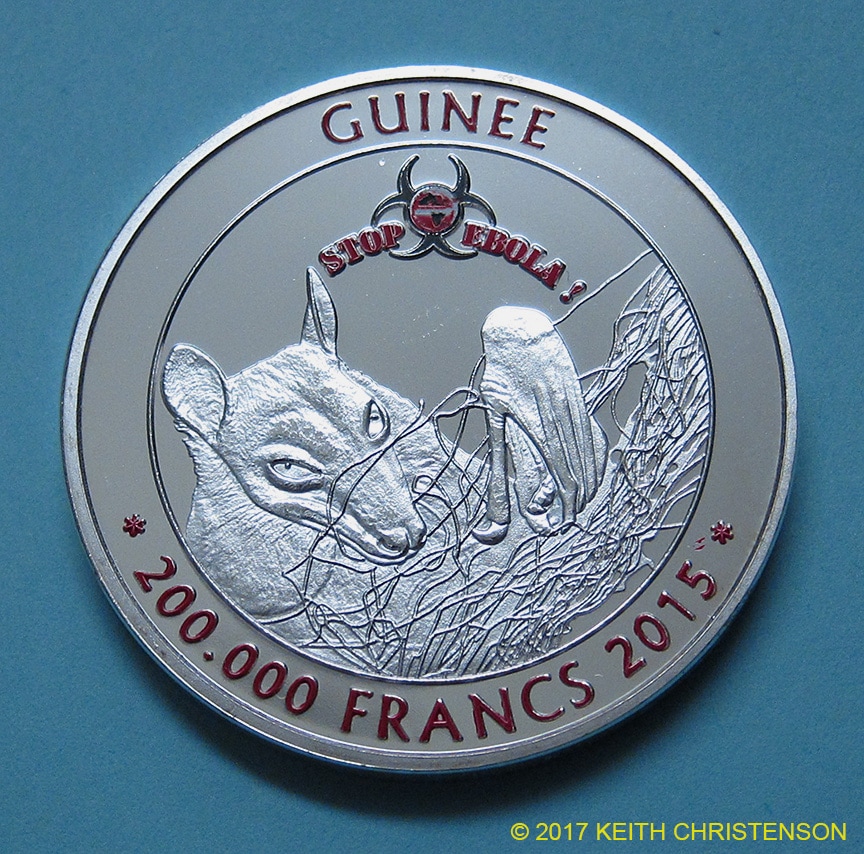
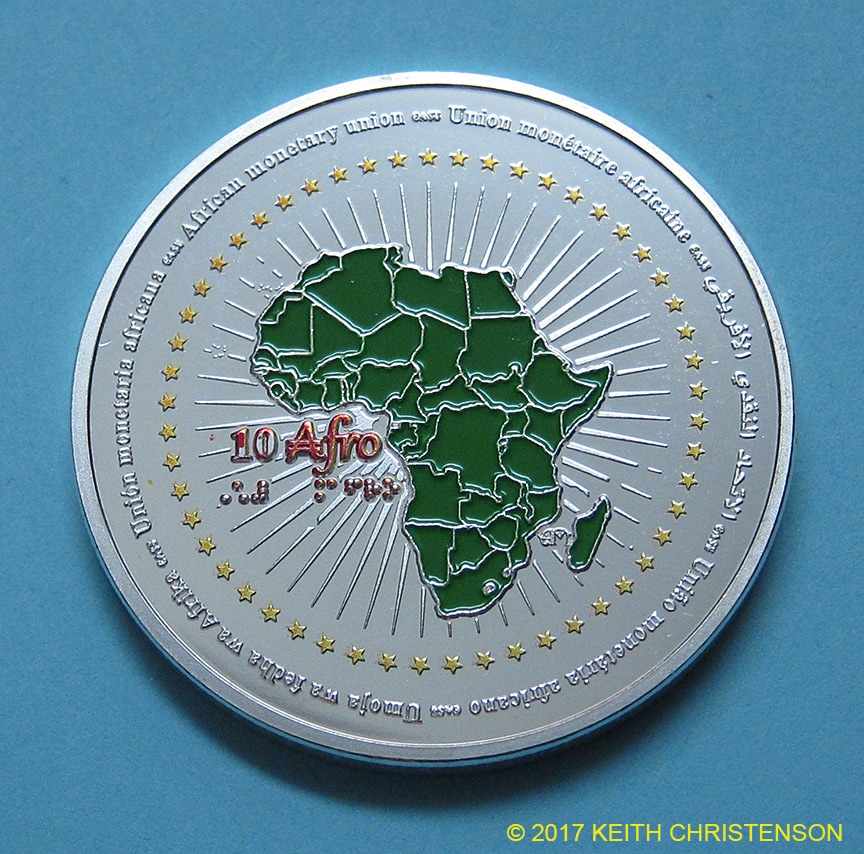
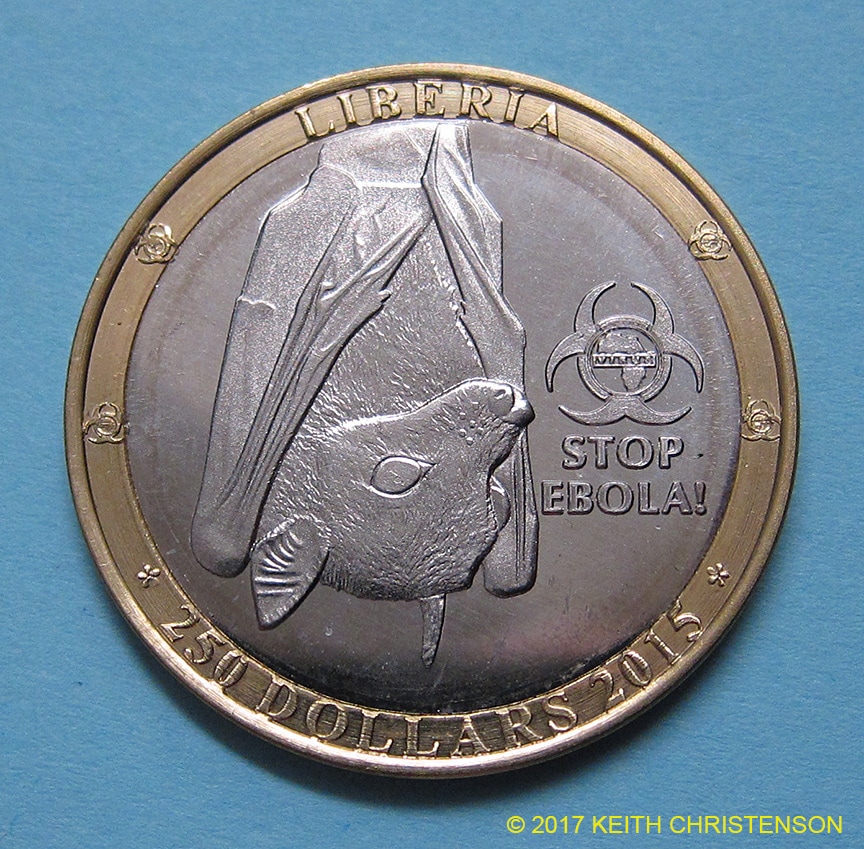
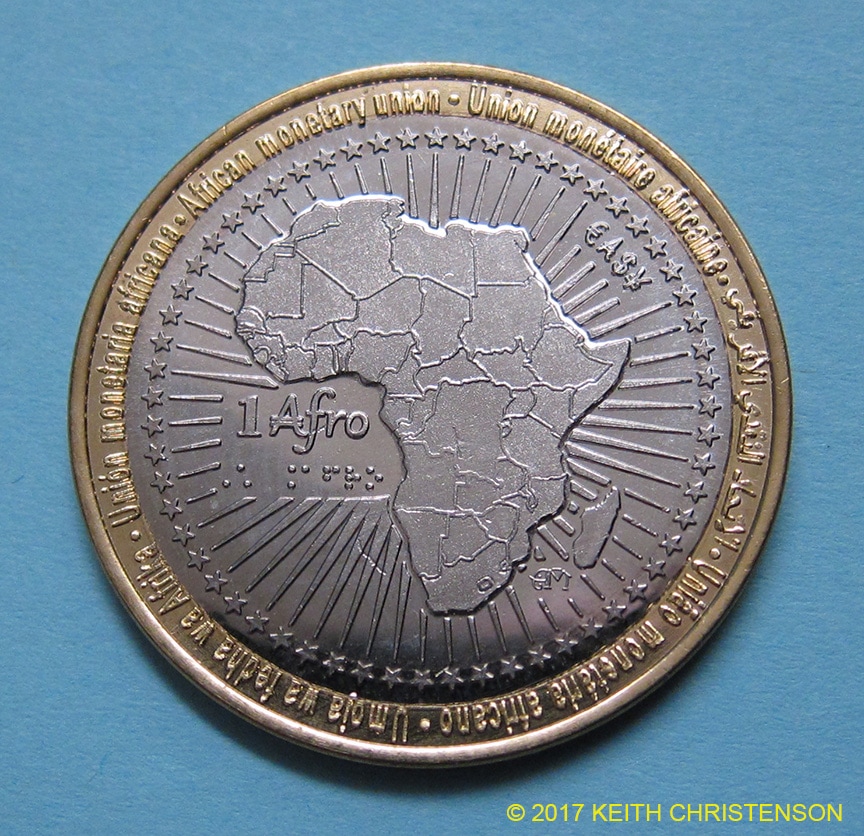
 RSS Feed
RSS Feed